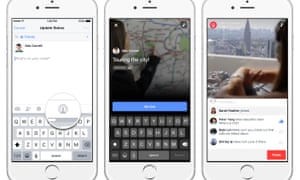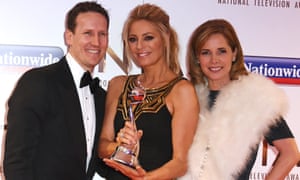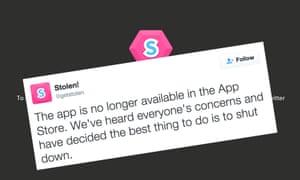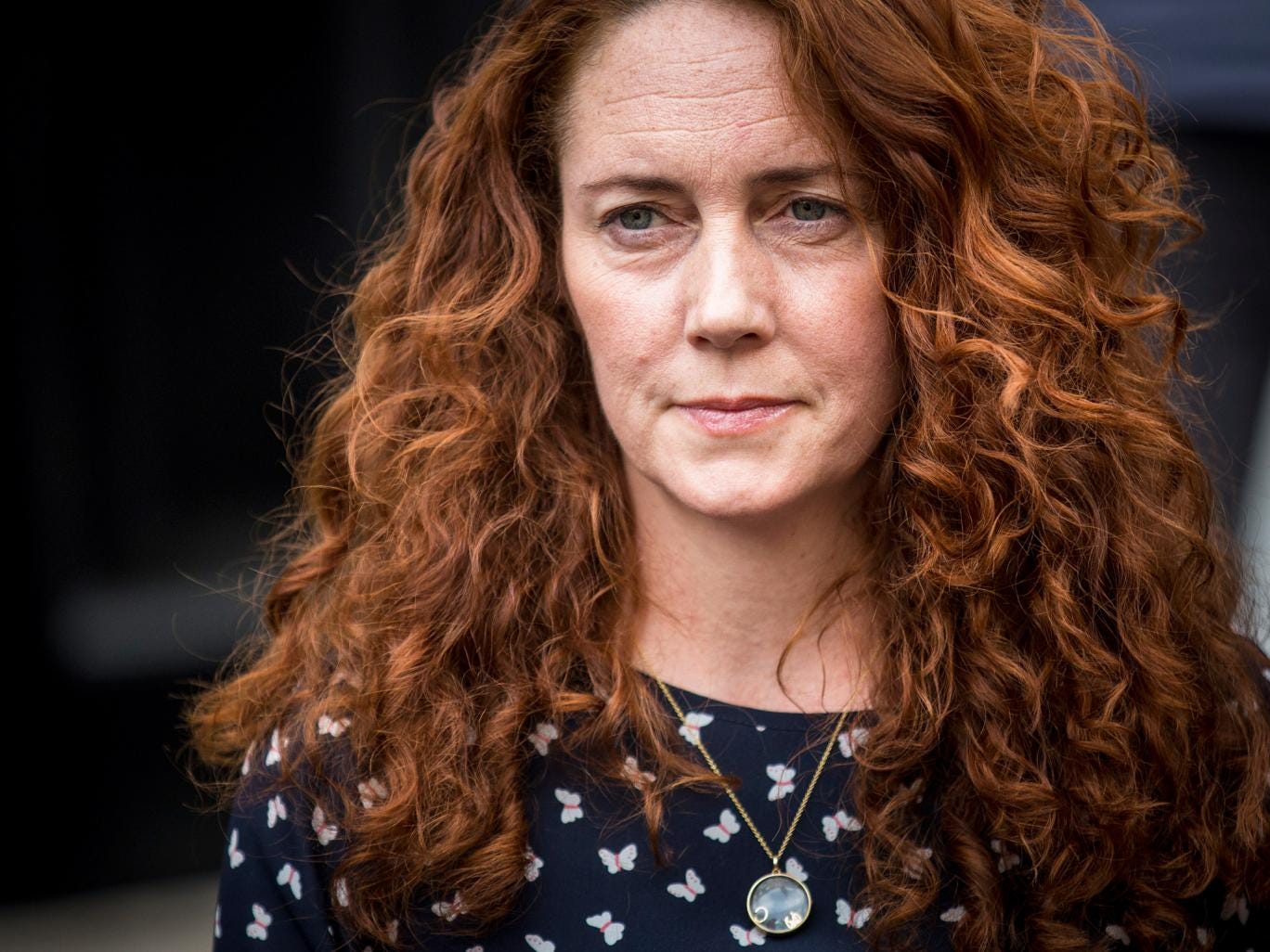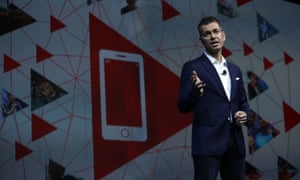1) How might this video contribute to Butler’s idea that gender roles are a ‘performance’?
In the video you see the stereotype of women having to be a certain way with Beyonce showcasing these stereotypes in the music video of her cleaning and cooking and her unable to fix the car because that's a man's job which links with Butler's ideology of a performance because Beyonce in the video is performing to the stereotypes of the age she is trying to represent.
2) Would McRobbie view Beyonce as an empowering role model for women?
The alternative view is that this empowers women because women can talk about how far they have come from the preconceived stereotypes of old which is showcased in this music video and which further boosts my point their was a very small scene where Beyonce is cleaning her multiple music awards which further adds to the point of the video which is to empower women not suppress them.
3) What are your OWN views on this debate – does Beyonce empower women or reinforce the traditional ‘male gaze’ (Mulvey)?
I believe that the video does empower women instead of reinforcing the traditional male gaze. I believe this due to the fact that Beyonce's reputation and how she is a very strong personality and how she has been very independent in how she handles herself which leads me to think that she would make a video for the purpose to overly sexualised women due to her reputation and also as I mentioned before I believe that the video was made to showcase how far women have come throughout the years. I understand this video could be interpreted in a highly sexual way but the male gaze being a key part in that argument but I disagree with that ideology due to the musician and her campaign to empower women.

